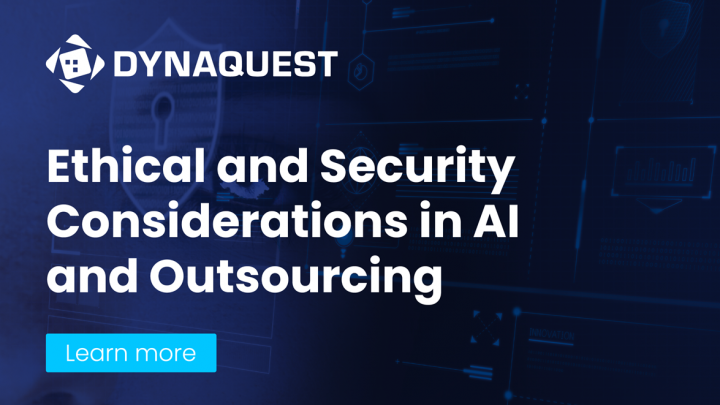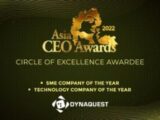The Evolution of IT Outsourcing
1. Traditional IT Outsourcing vs. Strategic Partnerships Historically, companies outsourced IT development to cut costs, reduce labor expenses, and offload non-core functions. The vendor model was simple: a company hired an external provider to complete specific tasks under a fixed contract, often prioritizing price over quality. However, this model had significant limitations: The rise of strategic IT outsourcing has flipped this approach on its head. Instead of viewing outsourcing as a short-term solution, businesses now seek long-term partnerships where external teams act as an extension of in-house teams. This results in deeper collaboration, continuous innovation, and shared business objectives. Example: Instead of hiring an offshore development firm for one-time app development, companies now build ongoing partnerships where outsourced teams contribute to product roadmaps, innovation strategies, and long-term growth. 2. Key Market Trends Driving the Shift Several industry trends are accelerating the move toward partnership-driven outsourcing models: 1. Digital Transformation & Cloud Computing Companies are investing heavily in cloud-native solutions, SaaS platforms, and microservices architectures. According to Gartner, global IT spending on cloud services is projected to reach $679 billion by 2025, making cloud-native expertise a critical factor in outsourcing. 2. AI, Automation, and Emerging Technologies Businesses are increasingly relying on outsourced teams to develop and implement AI-driven applications, automation workflows, and blockchain solutions. Skilled outsourcing partners provide expertise in areas where in-house teams may lack knowledge. 3. Demand for Speed, Agility, and Scalability The competitive landscape demands faster product development cycles and scalable solutions. Strategic outsourcing enables businesses to quickly scale development efforts while maintaining agility. Stat: A Deloitte report reveals that 57% of companies now use outsourcing to focus on core business functions rather than just cost savings. 3. The Business Case for Treating IT Outsourcing as a Growth Strategy Companies that view IT outsourcing as a strategic driver rather than a cost-cutting measure experience several key benefits: ✅ Accelerated Innovation – Outsourcing partners bring fresh perspectives, cutting-edge technology expertise, and global insights. ✅ Enhanced Scalability – Businesses can scale resources up or down based on market demands without long-term hiring risks. ✅ Access to Specialized Talent – Outsourcing firms provide top-tier talent in AI, cloud computing, and cybersecurity without expensive in-house hiring. ✅ Faster Time-to-Market – By leveraging experienced outsourced teams, companies can develop and launch products faster than competitors. ✅ Risk Mitigation – Strategic outsourcing helps businesses diversify risks, ensuring operations continue smoothly even amid uncertainties.Case Study:Slack, the billion-dollar collaboration platform, initially outsourced its app development to a Canadian design firm. This partnership helped Slack refine its product-market fit before scaling operations in-house.






